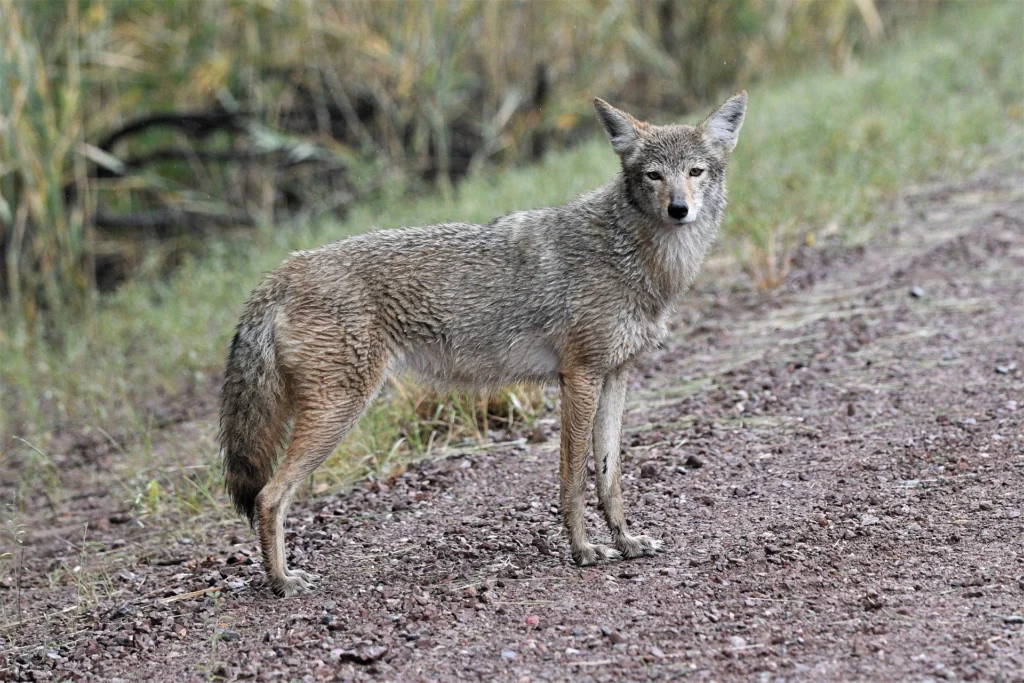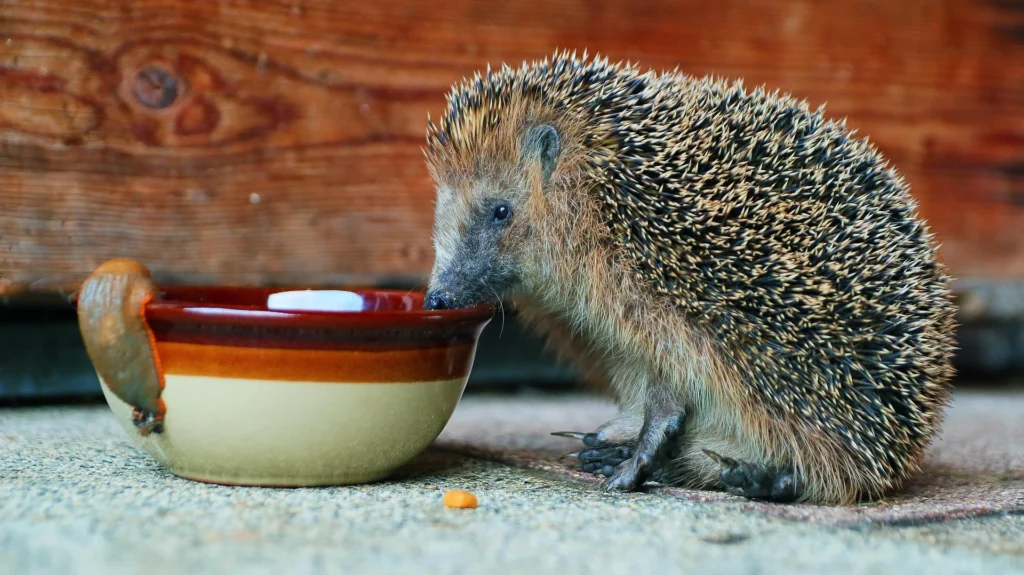By Dr. Lydia Harper, Wildlife Behaviorist & Exotic Animal Consultant
Research references: National Geographic & BBC Earth
Owning an exotic animal can be tempting for enthusiasts seeking something rare and wild—but one of the most misunderstood choices in this niche world is the pet fossa. Native to Madagascar, the fossa (Cryptoprocta ferox) has captivated attention due to its unique blend of cat-like agility, dog-like build, and mongoose ancestry.
Despite its exotic appeal, keeping a pet fossa is far more complicated—and controversial—than many realize. As featured in National Geographic’s wildlife studies and the gripping predator profiles on BBC Earth, the fossa is better known for its wild behavior than for domestic companionship.
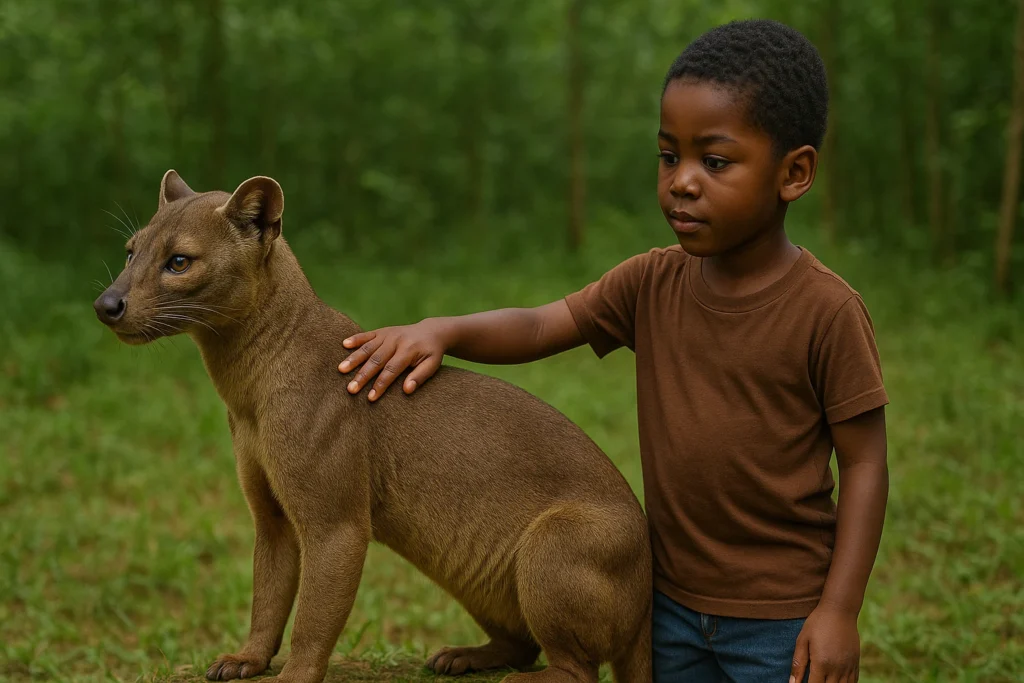
Can you Keep a Fossa as a Pet
Do fossas make good pets? No, there are only a few species that are more terrible as pets. Fossas are demanding wild animals, most people wouldn’t be able to take proper care. Additionally, you can run into legal issues fast. Learn more about what it would be like to own a fossa in this article.
Despite its exotic appeal, keeping a pet fossa is far more complicated—and controversial—than many realize. As featured in National Geographic’s wildlife studies and the gripping predator profiles on BBC Earth, the fossa is better known for its wild behavior than for domestic companionship.
Is a Fossa Safe as a Pet?
The short answer is: no, not really. Fossas are wild predators with unpredictable behavior. While it’s possible to hand-raise a baby fossa, this doesn’t make the adult safe or manageable. Fossas can be:
- Territorial and aggressive
- Prone to biting or clawing when stressed
- Unsafe around children or other pets
This is why experts often address the question: “Do fossa attack humans?” While rare, incidents have occurred when fossas felt cornered or provoked—even with their owners.
Is It Legal To Keep A Pet Fossa?
No, keeping fossas as pets is illegal in most countries of the world including the US and Canada. These animals are listed as vulnerable by the IUCN. Let alone the import and transportation of this animal is regulated and you have to get a permit.
Additionally, you would need a permit or license to own a fossa as a pet, depending on the state you live in. To be sure you would have to call someone at your local department of wildlife. Restriction can be different on the county level or even city level.
If you need a permit it’s likely that you would have to show your knowledge of the species. Someone will also visit your place and look if everything meets the requirements.
That being said, there are also states within the USA where exotic animals aren’t banned at all, you don’t even need a permit. But it doesn’t change that wild animals, in general, make bad pets.
What Are Fossas?
Fossas, or Cryptoprocta ferox, are faszinating animals that look and move like felines. But unlike servals or ocelots, they are their own unique species and are actually more like mongooses.
They live only on Madagascar and are the largest endemic mammal on the island. As predators, fossas, are strict carnivores and hunt lemurs. Appr. 50 % of their diet consists of these monkeys, the other half is a mix of other mammals, birds and reptiles.
According to National Geographic, fossas can weigh up to 26 pounds and measure 6 feet from head to tail. So they aren’t the largest predators in the world and can be compared with a larger cat breed.
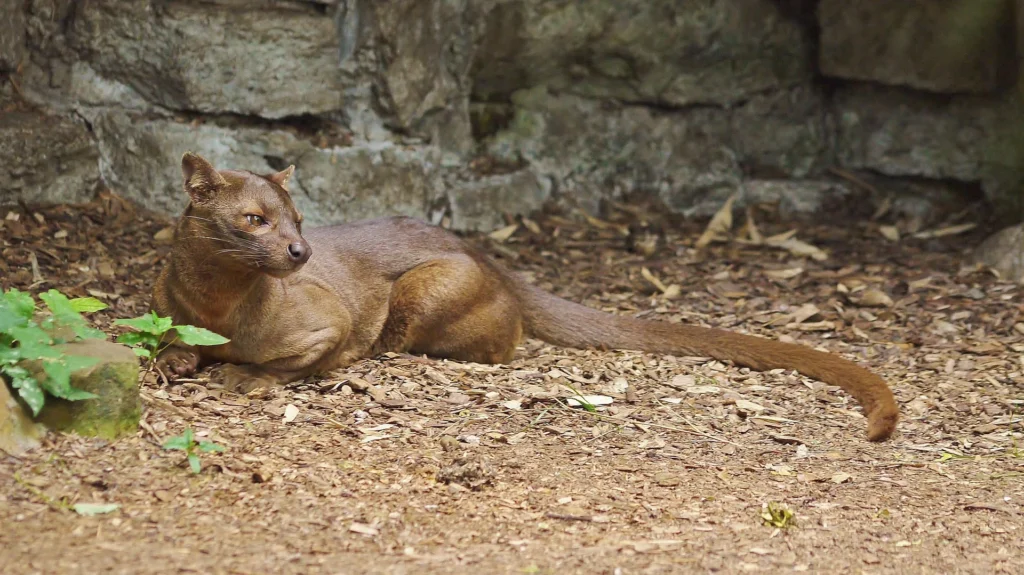
Fossa Care Guide: What You Should Know
Owning a pet fossa is not for the faint of heart—or the inexperienced. As Madagascar’s top predator, the fossa is a wild animal with specific, demanding needs that cannot be met with traditional pet care methods. Before anyone considers bringing this exotic carnivore into captivity, it is crucial to understand the full scope of responsibility.
Below is a professional-grade fossa care guide based on expert knowledge and references from field research featured by National Geographic and BBC Earth.
Legal Requirements & Permits
- CITES Classification: The fossa is listed under Appendix II of the Convention on International Trade in Endangered Species. This means international trade is regulated and may be illegal without permits.
- Local Laws: Many countries and U.S. states prohibit owning fossas as private pets. Always check with wildlife authorities before pursuing ownership.
- Special Licenses: Even where legal, fossas typically require an exotic animal permit or a Class III wildlife license.
Habitat Setup
Fossas need a large, dynamic, and secure enclosure that mimics their natural fossa habitat in Madagascar.
Enclosure essentials:
- Minimum size: At least 400–600 square feet per animal, but larger is strongly recommended.
- Vertical space: Trees, platforms, and climbing structures are essential due to the fossa’s arboreal agility.
- Materials: Heavy-gauge steel mesh; fossas are strong and can escape flimsy enclosures.
- Shelters & Dens: Provide private, enclosed spaces to reduce stress.
Diet and Nutrition
As carnivores, fossas require a high-protein diet similar to what they consume in the wild.
Typical diet includes:
- Raw poultry and rabbit
- Whole prey (rodents, chicks)
- Organ meats and bones for calcium
- Occasional fish or reptile meat
Do not feed: Kibble, cooked bones, or sugary foods.
Fossas have sensitive digestive systems and need variation and whole-animal nutrition. Exotic animal veterinarians should develop a tailored feeding schedule.
Mental & Physical Stimulation
Boredom in captive fossas can quickly lead to aggression, pacing, and self-harming behaviors.
Enrichment tools:
- Puzzle feeders and scent trails
- Hidden food inside logs or suspended objects
- Rotating environmental features to keep surroundings stimulating
Interactive training using operant conditioning (reward-based) can help manage the animal during health checks.
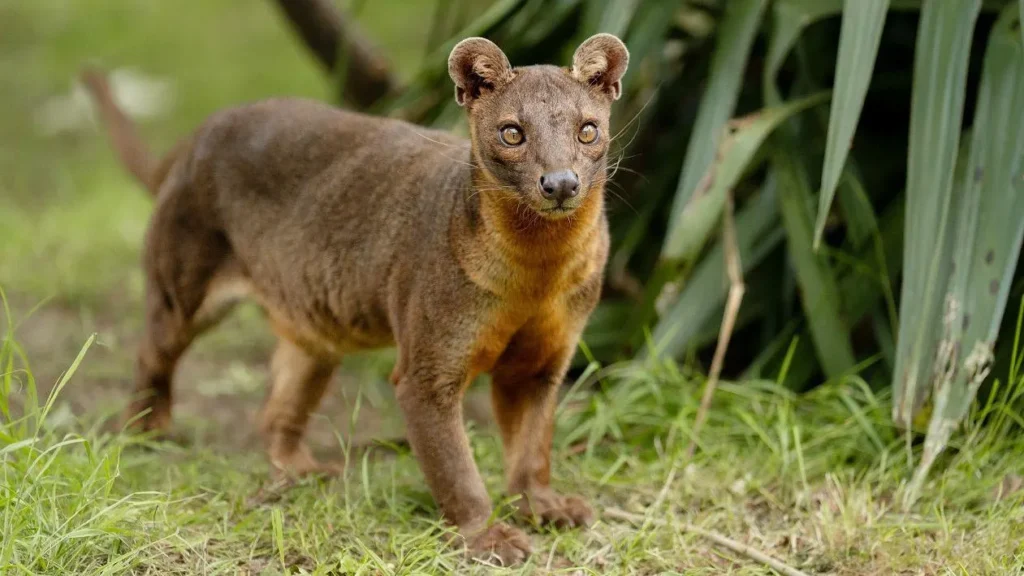
Veterinary Care
It would be really hard to find a vet who is both, willing to and able to treat a pet fossa. The problem with this species is that only very few live in captivity. They are rare even in zoo-like facilities.
Like hyenas, fossas aren’t related to any other species. So it’s not that a vet could say something like: “Hey I’ve already treated other cat breeds successfully, I can do it!”.
Exotic carnivores require specialized care.
Essentials:
- Regular checkups with an exotic or wildlife vet
- Vaccinations for rabies and distemper (when recommended)
- Deworming and parasite screening
- Emergency protocols for injuries or infections
Many veterinarians will not treat fossas due to their rarity, so plan veterinary access in advance.
Behavioral Warnings
Understanding fossa anatomy and behavior is key to safe handling. Fossas have:
- Powerful jaws and sharp claws
- A natural tendency to roam, bite, and mark territory
- Strong territorial instincts, especially males
- Solitary tendencies, often leading to stress if kept near other pets or humans
Do Fossa Attack Humans?
While not typically aggressive toward people unprovoked, yes, fossas can attack humans—especially if frightened, cornered, or improperly handled. They are wild predators, not domesticated pets.
Interaction with Children and Pets
Not recommended.
Fossas are not suitable for households with children, dogs, or other small pets. Their natural hunting instincts can be triggered by fast movements and unfamiliar scents.
Fossa Price and Cost of Ownership
The fossa price ranges from $5,000–$15,000, but the total cost of proper care over a lifetime (10–20 years) can exceed $50,000–$100,000, including:
- Habitat construction
- Veterinary care
- Diet
- Permits and insurance
- Enrichment tools and staff (in some cases)
Caring for a pet fossa is a full-time commitment that resembles managing a private wildlife facility more than owning a traditional pet. It is not a decision to make lightly.
While their mystery, elegance, and strength—familiar to anyone who saw the fossa Madagascar movie—may capture the imagination, most experts, including those featured in BBC Earth specials, agree: fossas are best admired in the wild or in ethical, accredited sanctuaries.
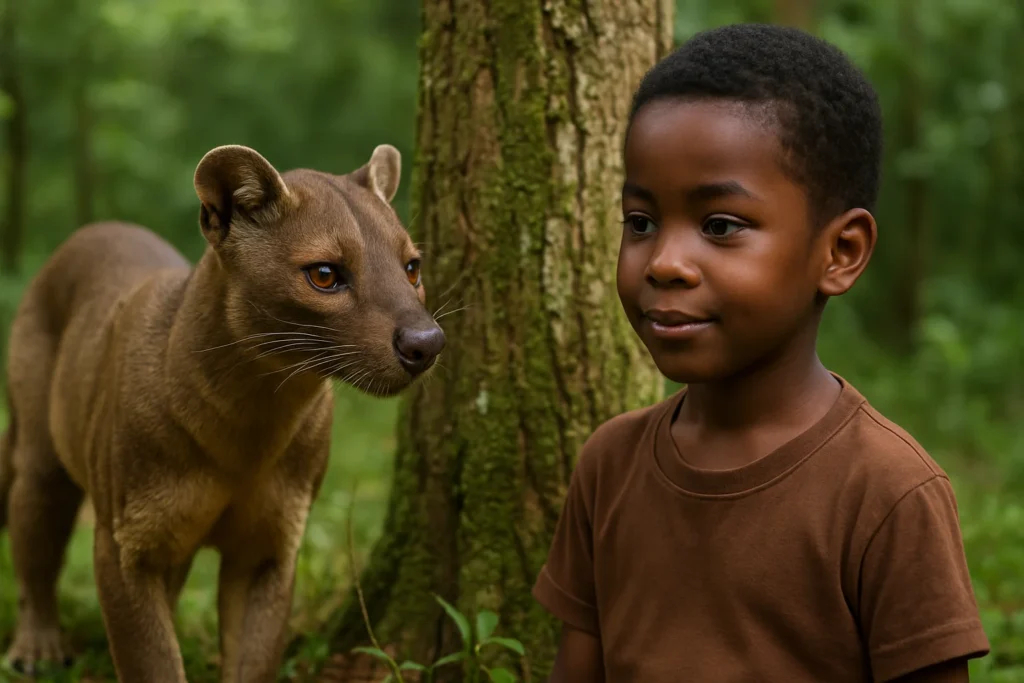
Fossas Aren’t Domesticated
Like all wild animals, fossas aren’t domesticated. This is one of the main reasons why they aren’t suitable pets for most people. Domestication has nothing to do with taming (which to a certain degree works with fossas).
House training isn’t possible with animals that aren’t domesticated. Your pet fossa will never learn how to use a litterbox (or at least, that your house isn’t a toilet). It will destroy your furniture and belongings and there is nothing you could do against it. You can’t even be angry as it’s just the way fossas are.
Fossas which are raised by humans from birth can be very tame. But often the tameness disappears when they become adults.
Regularly in the breeding season, they will become the wild animals they are again. This is also for females which are caring for their young.
Is a Fossa a Cat?
Let’s clear up one of the most common questions: is a fossa a cat? No, though it looks feline. The fossa is not part of the cat family (Felidae) but rather belongs to the family Eupleridae, which is unique to Madagascar and more closely related to mongooses.
Its sleek body and retractable claws give it a feline appearance, but its evolutionary path is distinct. Understanding fossa anatomy is critical before anyone even considers keeping one in captivity. They are built for speed, climbing, and precision hunting—not cuddles on the couch.
Do Fossa Attack Humans?
A very real concern: do fossa attack humans? While fossas do not typically seek out humans as prey, they are still wild carnivores. A startled or stressed fossa may scratch or bite. Even if raised from a young age, they retain their wild instincts. They are not domestic animals—and never fully tame.
Is a fossa a dog or a cat?
Many people wonder, “Is a fossa a dog or a cat?”, especially after seeing its sleek, feline-like appearance in documentaries or in the fossa Madagascar movie. However, the answer is: neither. The fossa (Cryptoprocta ferox) is not part of the cat (Felidae) or dog (Canidae) families. It belongs to its own group, the family Eupleridae, which is more closely related to mongooses. In terms of fossa anatomy, it does share physical traits with cats—such as retractable claws, sharp canine teeth, and a long tail used for balance—but genetically, it is a unique predator found only in Madagascar. Understanding this helps potential pet fossa owners realize that, while the animal may look similar to a domestic pet, it behaves and evolves very differently.
Are fossas aggressive?
Yes, fossas can be aggressive, especially when threatened or kept in unnatural environments. In the wild, they are solitary and territorial hunters. Their behavior includes stalking, climbing, and chasing prey across trees and terrain. In captivity, if a pet fossa is not given enough space, stimulation, or proper care, it can become anxious, stressed, and dangerous. There are documented cases where people ask, “Do fossa attack humans?” While they don’t seek out humans as prey, they have attacked when cornered or handled improperly. Their powerful jaws and claws, combined with unpredictable wild instincts, make them a challenge even for seasoned exotic animal handlers. This is why most experts recommend against keeping them as pets and why any responsible fossa care guide emphasizes professional-level management.
What does a fossa do?
In their natural environment, fossas serve as Madagascar’s primary predators. So, what does a fossa do? They hunt lemurs, rodents, birds, and reptiles, and their presence helps maintain ecological balance in their forest ecosystems. With adaptations in fossa anatomy—such as flexible ankles for climbing, long tails for balance, and semi-retractable claws—they can move quickly through trees and on land. The fossa habitat includes dense forests, both rainforests and dry deciduous zones, where they travel long distances to find food and mates. Their solitary lifestyle and need for large territories make them unsuitable as pet fossas, especially if kept in confined environments without proper stimulation.
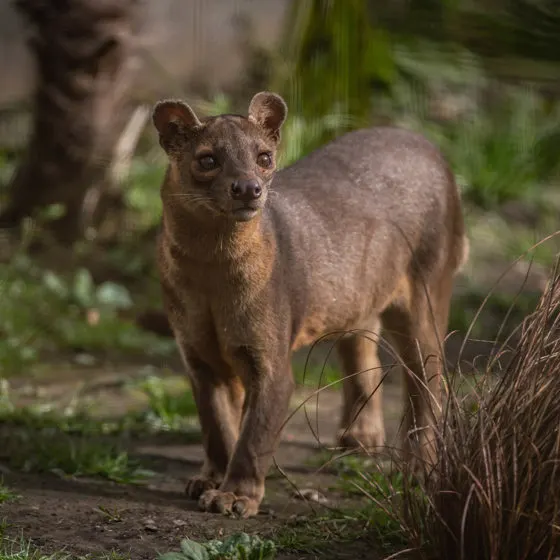
What is the top predator in Madagascar?
The fossa is undeniably the top predator in Madagascar. With few natural competitors, the fossa controls the population of smaller mammals, especially lemurs. This dominance has been featured in wildlife documentaries by BBC Earth, where their hunting strategies and speed are on full display. Unlike the exaggerated versions in the fossa Madagascar movie, real fossas do not hunt in packs, but rather rely on stealth, strength, and agility to catch their prey. Their role in the ecosystem is critical. Without the fossa, prey populations would grow unchecked, destabilizing the food web. This apex status is part of what makes them fascinating—but also unsuitable for casual ownership as a pet fossa.
How many fossas are left?
Fossas are currently listed as Vulnerable by the IUCN, and estimates suggest that only 2,500 to 8,000 fossas are left in the wild. The biggest threats to their survival are habitat destruction due to deforestation and illegal hunting. As the fossa habitat in Madagascar continues to shrink due to human activity, fossas are increasingly forced into fragmented territories, leading to genetic bottlenecks and reduced populations. Conservation groups featured in National Geographic reports stress the importance of preserving forest corridors and educating the public. The growing demand for exotic pets, including rare species like the pet fossa, has also raised concerns about illegal trade. While the fossa price on the exotic market can be high—sometimes exceeding $10,000—it’s the long-term ecological cost that worries conservationists the most.
Final Thoughts: Should You Own a Pet Fossa?
Simply put: most people should not. The pet fossa is not for the average animal lover, nor for anyone unprepared to dedicate immense time, resources, and energy. Their needs far exceed those of even the most exotic legal pets. Their wild instincts, dietary needs, and space requirements make them a poor fit for captivity outside of licensed sanctuaries or zoological institutions.
If you’re fascinated by this rare predator, the best way to support them is through conservation. Organizations working to preserve the fossa habitat and protect Madagascar’s unique ecosystems need our attention far more than the exotic pet trade does.

